Your 2025 Playbook for Choosing the Best HIPAA-Compliant Intake Tools
A practical guide for CTOs and product leads building medical-grade patient experiences
In healthcare startups, early tech choices stick — and your patient intake system is one of the most crucial. It shapes everything from launch speed to regulatory compliance.
In this guide, we break down five powerful form tools — Azure Health Bot, Jotform, Cognito Forms, Form.io, and Hipaatizer — and show which one best fits your use case based on real project insights.
Why Intake Forms Matter in Healthtech
Your intake form is the front door to your entire clinical workflow. For a team focused on innovation, building such a standard component from scratch is a time-consuming detour from their core mission. That’s why development teams inevitably look for specialized, ready-to-deploy solutions.
Generic form builders just don’t cut it when handling Protected Health Information (PHI). You need more than a pretty interface — you need HIPAA compliance, adaptable workflows, and airtight integrations.
The good news: there are pretty legit solutions that will suit you in a variety of scenarios. Time after time we do look for a pre-built intake form component for startups that we work with. So we have a pretty solid shortlist.
For projects like this we apply three minimum requirements before evaluating any tools, essential for fast early prototyping:
Selection Criteria for This Guide:
HIPAA Compliance (signed BAA, data encryption)
Free Plan or Trial Access
Integration-Ready (API, webhook, or native connectors)
From there, we measure each tool using these categories:
| Criterion | Why It Matters |
|---|---|
| Speed to Launch | Time is money — templates and no-code logic editors help move fast. |
| Advanced Scoring Logic | Key for assessments, triage tools, or decision-making workflows. |
| AI Readiness | Future-proofing your app starts with smart integrations. |
| UX Flexibility | Responsive design, branching logic, multi-language = better UX. |
| Cost & Scalability | Affordable now, and reasonable as usage grows. |
The Top 5 HIPAA-Compliant Intake Form Tools (2025)
Azure Health Bot
Best for: Smart AI triage, deep integrations, enterprise health apps
Microsoft’s Azure Health Bot is a powerhouse designed specifically for healthcare. It brings together natural language processing, structured assessments, and secure hosting under the Azure umbrella — making it ideal for apps that need AI-powered intake or clinical logic.
Azure Health Bot interface
Pros:
Native HIPAA compliance
Built-in healthcare scenarios (e.g., COVID-19, stress assessments)
Deep integration with Microsoft Azure and Power BI
Support for natural language input and smart branching logic
Cons:
Requires developer involvement
Free plan has tight limits on message usage
As a part of the complex Azure ecosystem, it is not always easy to grasp
Our Hands-On Experience: Azure Health Bot provides a powerful foundation for intelligent intake, but requires a significant time investment to be understood thoroughly. While it’s possible to prototype without code, developer involvement quickly becomes necessary to unlock its full potential. We’ve worked around limitations in the free tier by spinning up multiple environments for extended testing. Once set up, its pre-built scenarios and smart branching logic streamline clinical workflows at scale.
Jotform
Best for: Simple MVPs, testing hypotheses at the early-stage
Jotform is a veteran in the no-code space. It’s intuitive and polished. With built-in conditional logic, PDF generation, and drag-and-drop design, it’s a go-to tool for fast deployments.
Jotform interface
Pros:
Easy to learn, quick to launch
Integrates with Google Sheets, Slack, and more
Cons:
Not ideal for complex assessments
UI customization is limited
Our Hands-On Experience: The Jotform interface may seem complicated at first, but after spending five minutes with it, you will understand how to use it. After familiarizing ourselves with the platform, we were able to quickly create and deploy forms. While the drag-and-drop builder and templates are beginner-friendly, we ran into roadblocks when automating HIPAA-compliant workflows, including limited API access, difficulty retrieving data via GET requests, and the extra steps required (like hidden fields) just to access submission IDs. These quirks add friction to integration-heavy setups.
Cognito Forms
Best for: Scoring-based logic, internal ops, or appointment flows
Cognito Forms is the sweet spot between power and simplicity. It shines in conditional logic and supports HIPAA compliance via the Enterprise plan. If you need smart scoring, file uploads, or dynamic sections, it’s a solid pick.
Cognito Forms interface
Pros:
Strong logic handling and math fields
Affordable plans
Intuitive interface
File uploads and repeating sections
Cons:
UI isn’t as polished
The payment integration feature is only available on higher plans
Our Hands-On Experience: Our experience with Cognito Forms has been positive, particularly regarding its advanced features. Despite a less polished UI, Cognito Forms still provides all necessary functionalities, maintaining its positive user experience. The platform's intuitive drag-and-drop interface simplifies the creation of customized forms, and it offers a range of field types to cater to specific needs without requiring coding knowledge. However, certain features, like PayPal payment integration, are only available on higher-tier plans.
Form.io
Best for: Developer-heavy teams building custom apps
Form.io is not for the faint of heart — but if you’ve got dev muscle, it delivers. With full JSON control, embedded forms, and API generation, this platform gives complete backend flexibility. Ideal for apps where forms are deeply baked into the product.
Form.io interface
Pros:
Full control over form data and schema
API-first architecture
Works great with Angular, React, Vue
Cons:
Devs required for anything non-basic
Our Hands-On Experience: Form.io gives our devs full control — from schema definition to API management, which makes it perfect for complex projects. We appreciate the ability to generate and consume APIs instantly. However, teams without engineering support will likely find it too demanding. It’s a true developer’s tool.
Hipaatizer
Best for: Budget-conscious startups needing HIPAA workflows
Hipaatizer is the underdog worth watching. Designed for healthcare teams, it delivers strong features at a startup-friendly price — including automatic PDF generation, conditional logic, and even QR code embeds for quick patient access.
Hipaatizer interface
Pros:
Affordable compliance (BAA included)
Custom styling via HTML/CSS
PDF generation after form submitting
API & webhook support (Google Sheets, Twilio, EHRs/EMRs)
Easy-to-embed forms with QR code access
Cons:
Less mature reporting/dashboard tools compared to competitors
Our Hands-On Experience: Hipaatizer immediately stands out for its competitive pricing combined with strong HIPAA-ready functionality. We found Hipaatizer to be impressively flexible and customizable — particularly when configuring complex logic, working with HTML, or generating PDFs based on submitted form data. The open API and webhook support enable multiple integrations with tools like Google Sheets accessible even for smaller teams. It gives the impression of a thoughtfully designed tool, shaped by practical healthcare needs rather than generic form-building logic. Despite its simplicity, it offers powerful options that are appreciated by startups looking for reliability without enterprise-level overhead.
Quick Comparison Table
| Tool | HIPAA | Scoring Logic | Launch Speed | AI-Ready | Cost | Best For |
|---|---|---|---|---|---|---|
| Azure Health Bot | ✅ | ⚠️ Moderate | ✅ | 💲💲💲 | AI bots, clinical workflows | |
| JotForm | ✅ | ⚠️ Basic | ⚡ Fast | ⚠️ Some | 💲💲 | Admin forms, MVPs |
| Cognito Forms | ✅ | ✅ | ⚠️ Moderate | ⚠️ Some | 💲💲 | Clinical scoring, appointment pre-checks |
| Form.io | ✅ | ✅ | ❌ Slower | ✅ | 💲 – 💲💲💲 | Custom apps, embedded tools |
| Hipaaitzer | ✅ | ⚡ Fast | ❌ | 💲 | Patient intake, self-referral workflows |
What Tool Should You Use? A Decision Tree
Expert Tech Consulting with Kepler Team
- • AI Transformation
- • EHR/EMR Integration Guidance
- • Comprehensive Technology Evaluation
- • Roadmap to HIPAA Compliance
- • Solution Research & Design
- • 3rd-Party Tech Component Vetting
Need AI triage or chatbot logic? → Azure Health Bot
Launching fast with no code? → JotForm or Hipaatizer
Want deep scoring logic? → Cognito Forms or Azure Health Bot
Custom workflows with dev control? → Form.io
Startup budget + flexibility? → Hipaatizer
Need deep UI customization? → Hipaatizer or Form.io
Final Thoughts: Let’s Build It Right
At Kepler Team, we’ve helped startups and healthcare orgs design secure, scalable intake workflows that integrate EHRs, meet HIPAA standards, and delight users. If you’re not sure which tool to go with — or you need help building your patient intake flow — our team’s here to help.
#HIPAA intake form builder #healthcare form tools #patient intake software #healthtech no-code forms #Azure Health Bot vs JotForm #Form.io #HIPAA #best intake tools 2025




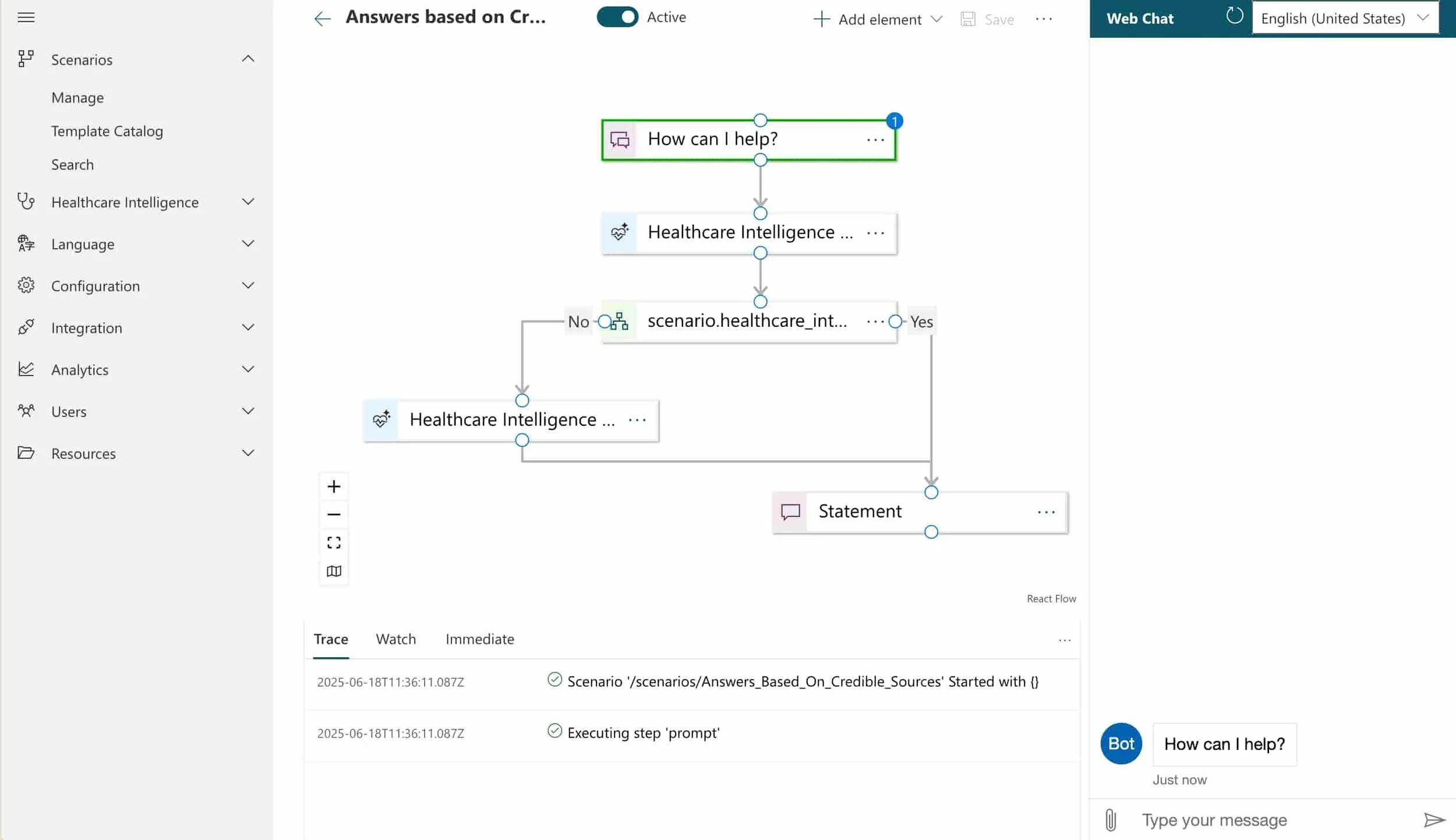

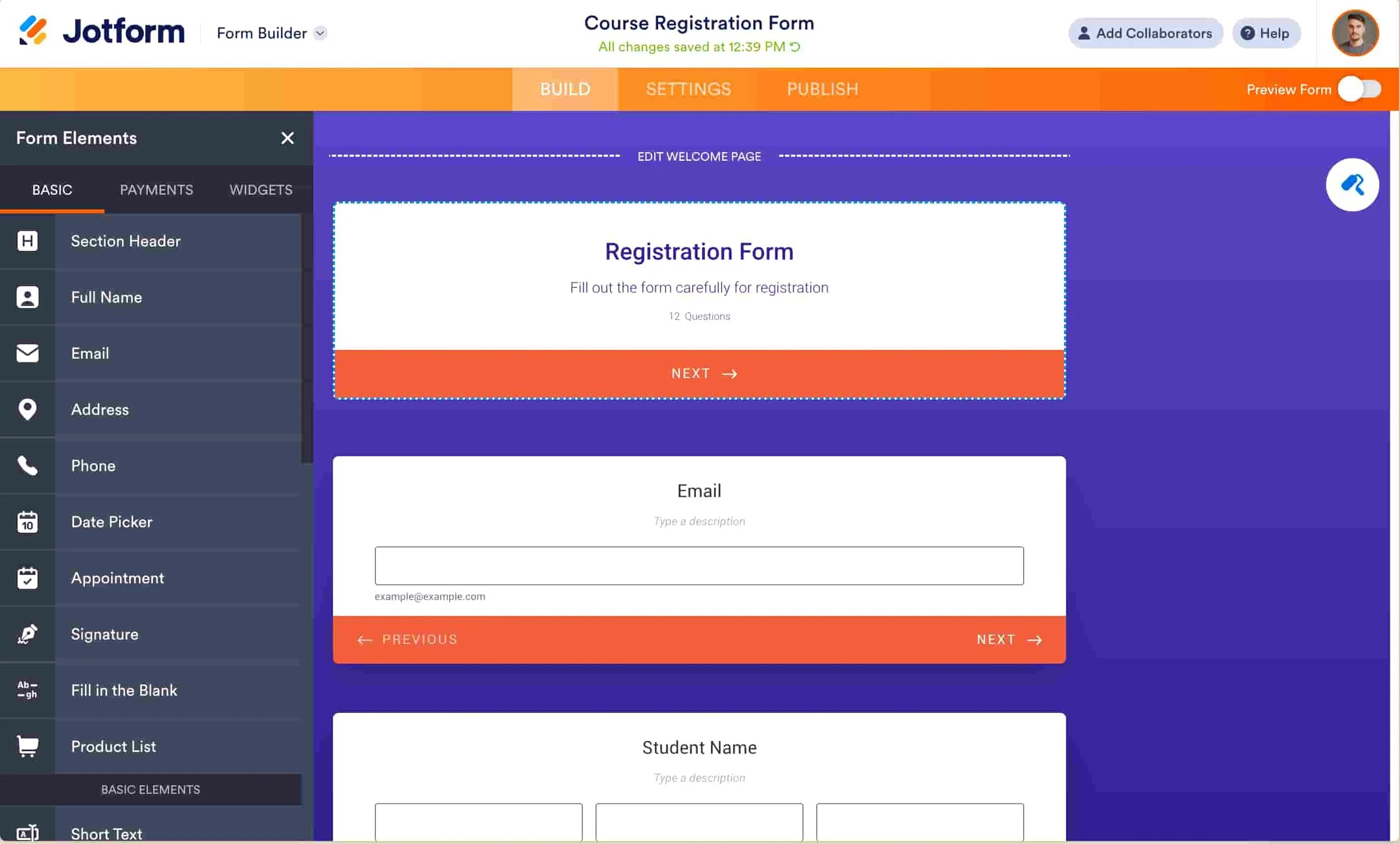

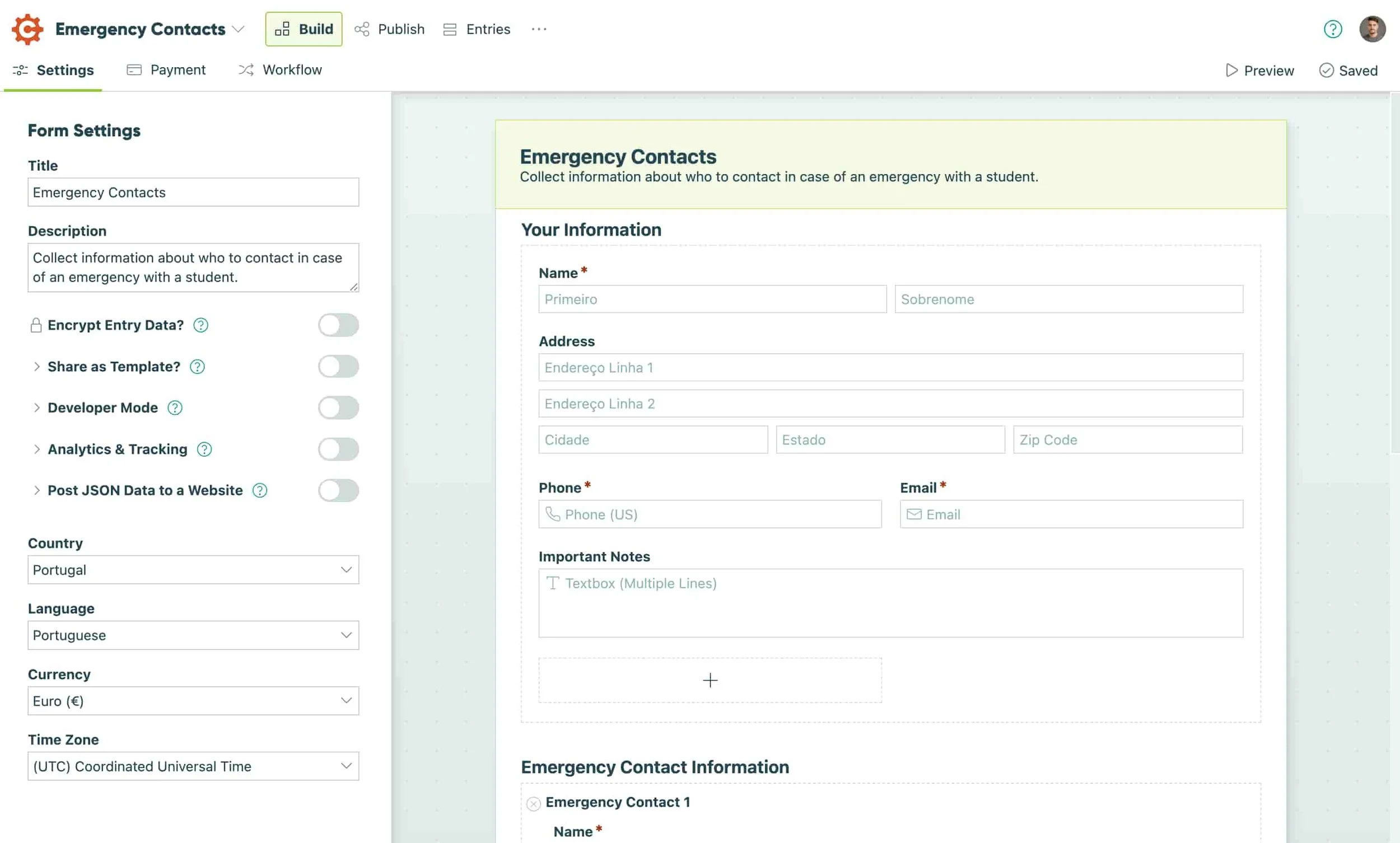

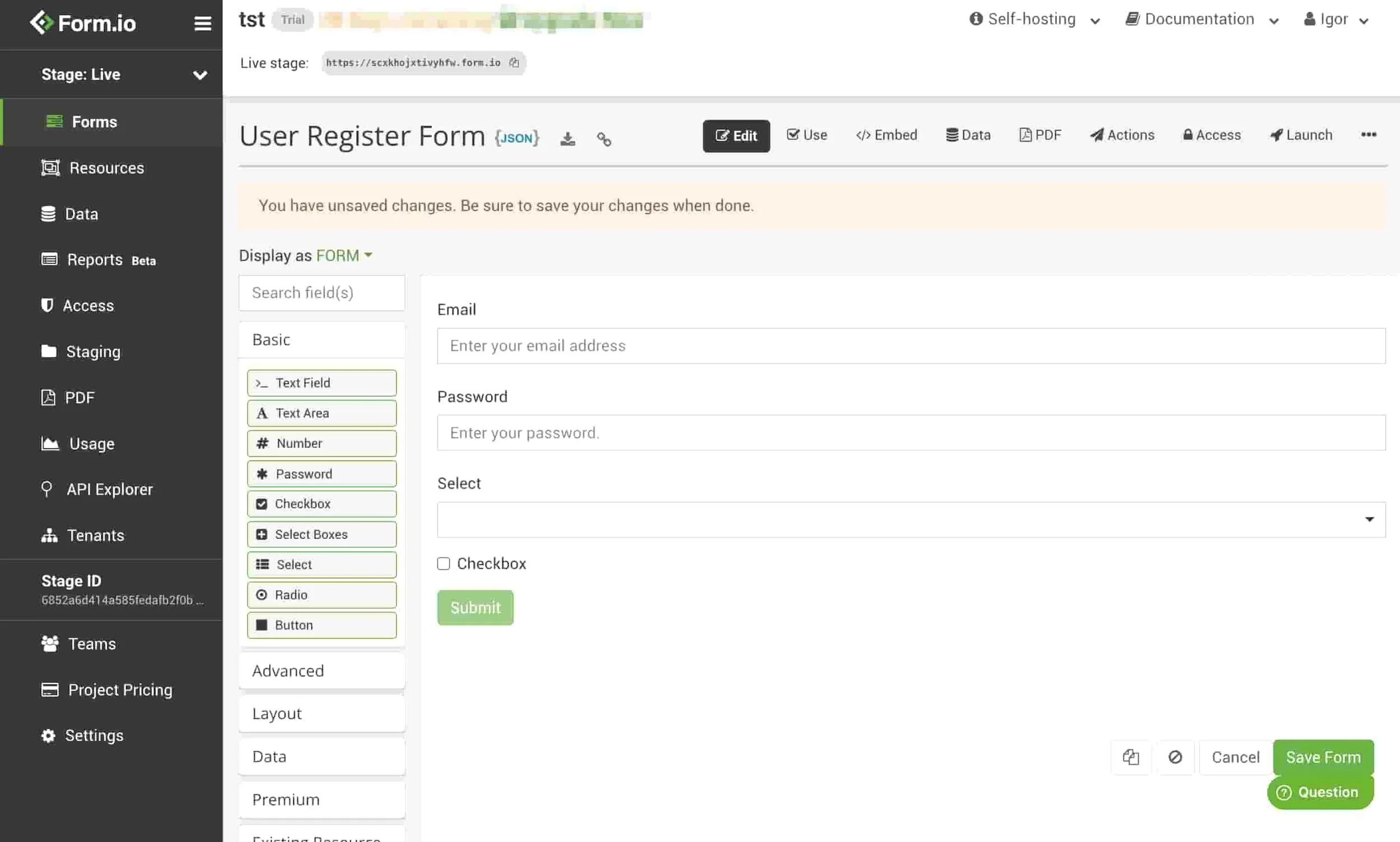

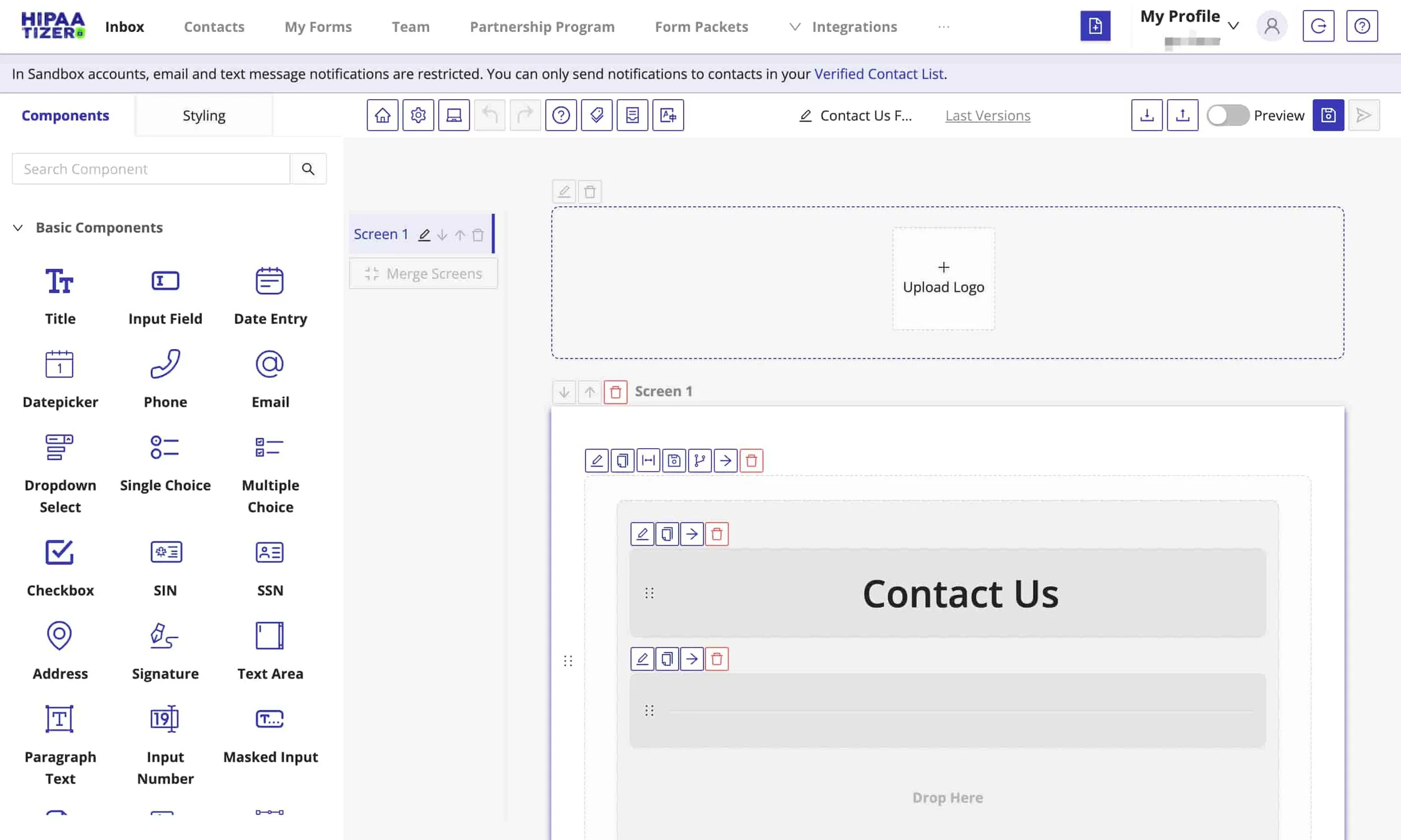

![How to Setup Azure Health Bot to Automate Patient Workflow [No Coding Required]](https://images.squarespace-cdn.com/content/v1/63f8c94545a4c050eccff79d/1681237120440-E141512JYX29YP15A4B4/How-to-Setup-Azure-Health-Bot-to-Automate-Patient-Workflow-No-Coding-Required--1536x803.png)